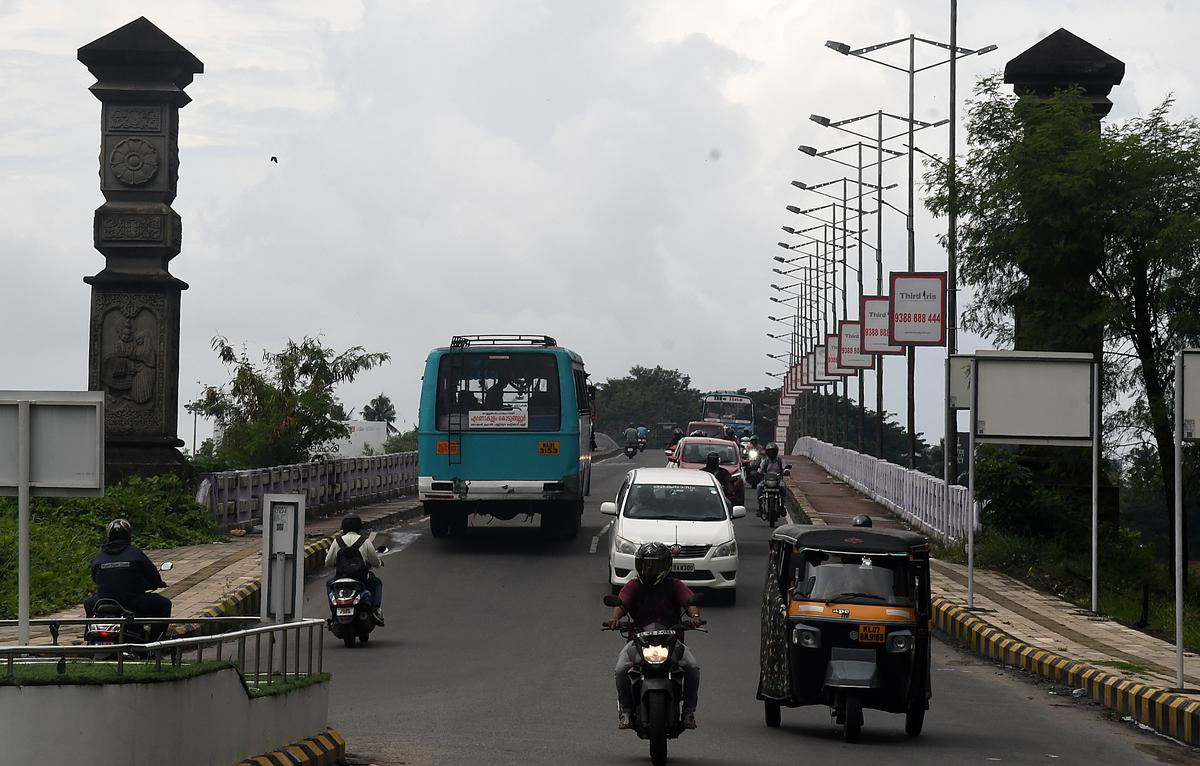
DPR for Chellanam-Munambam Road by mid-November
The Hindu
The proposed 14-metre-wide corridor will begin from the western side of Kalamukku in Vypeen and take the coastal route to reach Munambam; project to have a design speed of 40 kmph
The detailed project report (DPR) for readying the Chellanam-Munambam road corridor, as part of the ₹6,000-crore Thiruvananthapuram-Kasaragod coastal highway project, is expected to be released by mid-November.
Larsen & Toubro had recently submitted a draft of the DPR to the Kerala Road Fund Board (KRFB) in this regard. The final DPR will be readied after incorporating changes suggested by the KRFB, official sources said.
Once completed, the 14-metre-wide corridor will begin from the western side of Kalamukku in Vypeen and take the coastal route to reach Munambam. The proposed road project that will have a design speed of 40 kmph also includes steps to protect the coastline from sea erosion.
It will have, among other components, a seven-metre-wide tarred carriageway, a two-metre-wide bicycle track, and drains beneath footpaths on either side. The road will be readied after incorporating minor changes in an alignment that had been mooted by National Transportation Planning and Research Centre (NATPAC), the sources added.
The Chellanam-Fort Kochi stretch of the corridor will be mostly a brownfield project, while the Vypeen-Munambam stretch will be a mostly greenfield project along a new alignment.
The road corridor is expected to decongest the narrow but busy Vypeen-Munambam road, where 91 accident deaths were reported during the past five years. This 25-km road is expected to be developed by the Kerala State Transport Project (KSTP) under a ₹36-crore World Bank-aided project. The development of the road was taken up as a follow-up of a road safety campaign named ‘Iniyum Vypeenkara Karayaruthu’ (Vypeen must weep no more), which was spearheaded by K.N. Unnikrishnan, MLA.
The development of two parallel roads on the Vypeen-Munambam stretch and the proposed Munambam-Azheekode bridge will in turn necessitate the construction of new bridges parallel to the first and third of the trio of Goshree bridges, considering the expected manifold increase in traffic, Mr. Unnikrishnan said.













